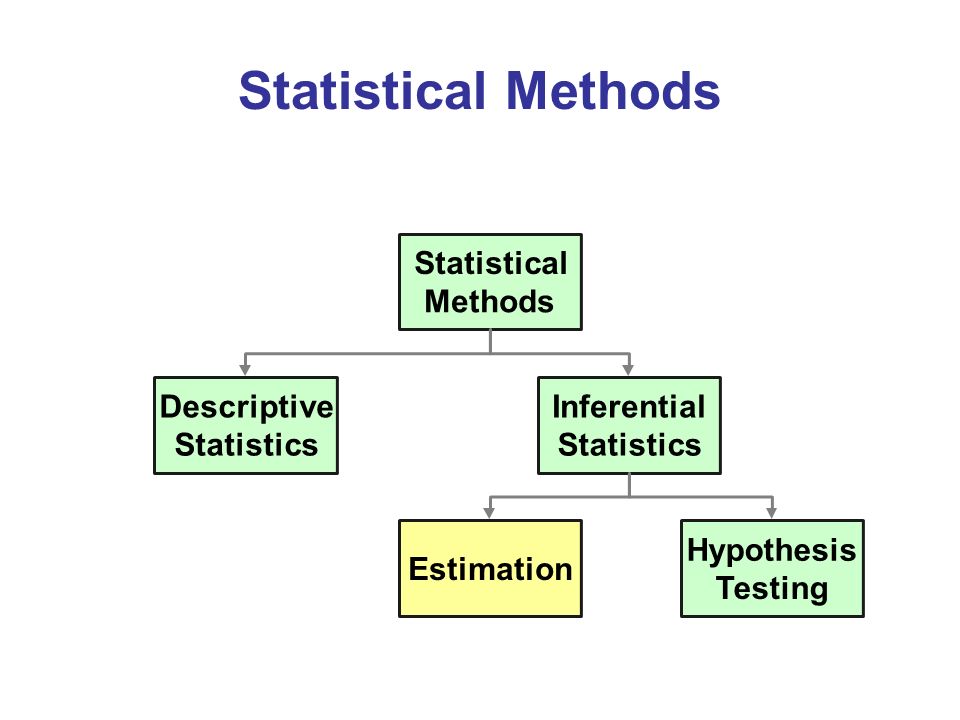In narrative synthesis of evidence, it can be the case that the only quantitative measures available concerning the efficacy of an intervention is the direction of the effect, i.e. whether it is positive or negative. In such situations, the sign test has been proposed in the literature and in recent Cochrane guidelines as a way to test whether the proportion of positive effects is favourable. I argue that the sign test is inappropriate in this context as the data are not generated according to the Binomial distribution it employs. I demonstrate possible consequences for both hypothesis testing and estimation via hypothetical examples.
翻译:在对证据的叙述性综合中,有关干预效力的唯一量化措施可能是效果的方向,即是正的还是负的,在这种情况下,文献和最近的Cochrane准则提出了标志性检验,作为检验积极效果比例是否有利的一种方法,我争辩说,在这方面,标志性检验是不适当的,因为数据不是根据它所使用的Binomial分布生成的,我通过假设例子来证明假设性检验和估计可能的后果。



